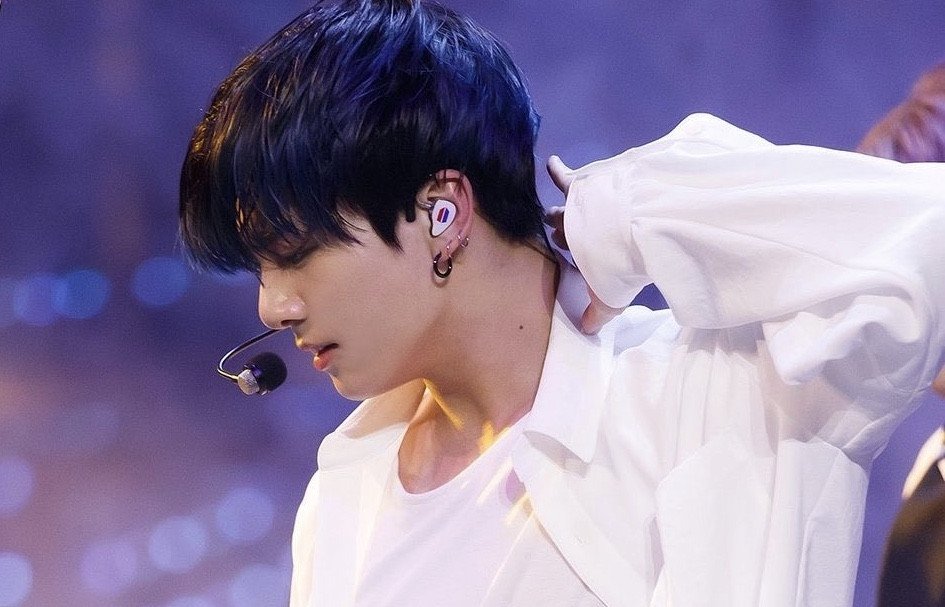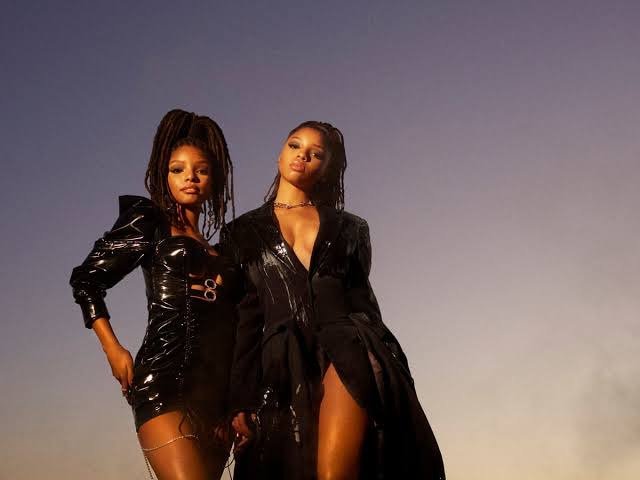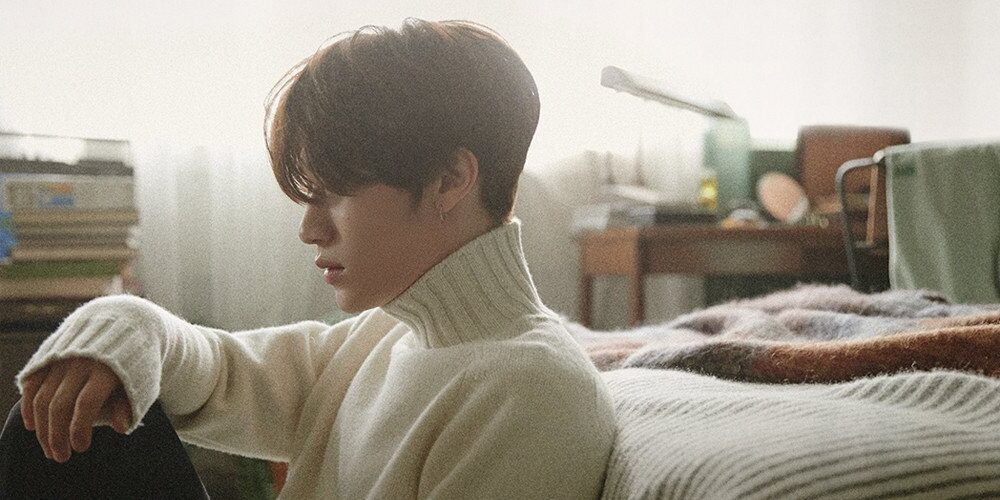Who discovered Lady GaGa?
Lady GaGa completely changed the pop music scene when she debuted. Bringing a new level of theatricality, whimsical inspiration, and powerful electronic pop anthems, Lady GaGa pushed the envelope in ways that many other pop artists eventually had to follow.
And so the discovery of Lady GaGa marked a career and financial leap for both parties. However, multiple parties have claimed ownership in Lady GaGa’s ascent to fame that should be cleared up.
In addition, lets examine the steps Lady GaGa took to get discovered. Many recognize the swift success Lady GaGa found in the pop industry after her debut, and so let’s take a look at how she arrived at infamous debut.
Early Childhood
Before Lady GaGa became known by her stage name, she was born on March 28, 1986 with the name Joanne Stefani Germanotta. From an extremely early age Joanne was inspired by music, learning to play the piano as a child and listening to various music genres while growing up. She joined a band as an adolescent and continued performing into adulthood.
“Lady GaGa” is Born
Joanne began to hit her stride by performing in various New York clubs, and through this process she began to cultivate a stage persona that would be unique from other performers at the time. Joanne adopted a highly theatrical style to her performances while also working with Rob Fusari, a music producer, on electronic music. During this period, the infamous stage name, “Lady GaGa”, formed in relation to Queen’s song “Radio Ga Ga”.
The two of them sent the music to various people in the industry, but unfortunately after being signed to Def Jam Records under L.A. Reid, she was dropped shortly after.
Lady GaGa continued to perform and teamed up with another artist, Lady Starlight, and eventually became a duo. The duo provided homage to historic pop acts and their theatricality, and eventually performed at Lollapalooza music festival.
With a growing fanbase, Lady GaGa and Fusari sent her songs to another producer, Vincent Herbert, who signed her to Streamline Records in 2007.
Collaboration with Akon & Solo Debut Success
Eventually Lady GaGa gained attention as having potential to be a solo artist, and was partnered with the singer and songwriter Akon, who found interest in developing Lady GaGa as an artist.
Lady GaGa continued working on music that would be used for her first debut album, “The Fame”, by collaborating with producer RedOne. The resulting album was a combination of retro, electronic, pop, and rock that carved a unique sound in pop for Lady GaGa.
“The Fame” was released in August 2008 to widespread acclaim and commercial success, going on to sell 12 million copies worldwide. Supported by the chart-topping singles “Just Dance” and “Bad Romance”, Lady GaGa’s debut album came with immediate success and impact.
Continued Success with “The Fame Monster” and “Born This Way”
Lady GaGa reissued her debut album as “The Fame Monster” and continued her streak of commercial success. With the hit song “Telephone” featuring Beyonce, Lady GaGa sealed her impact on the pop industry. GaGa’s influence on current and new pop artists became more apparent with the move toward eccentric and theatrical personas that her peers began to adopt.
As Lady GaGa rose in popularity and success, she pushed the envelope even more with controversial performances and videos, even to the point of being accused of blasphemy by religious groups for her content.
Despite such controversy, Lady GaGa released her second album, “Born This Way”, in 2011 to widespread acclaim and success. The lead single of the same name, debuted at number one and sold over 3 million copies.
“ARTPOP” and Career Decline
Lady GaGa began working on music for her third album while on the “Born This Way” tour. Upon its release in 2013 as “ARTPOP”, it received mixed reviews from critics, who found the music difficult to discern and a retread of musical themes that GaGa had already explored in previous albums.
Despite selling over 2 million copies worldwide, “Artpop” signaled a decline in Lady GaGa’s prominence, as both the album and singles underperformed in comparison to her previous efforts.
Just as significant as Lady GaGa’s rise in the pop industry was, her decline during this period also impacted her peers, who began shedding the bravado and theatricality of their music in exchange for an authentic approach that shed more light on their personal lives.
Departure from Dance Pop
Lady GaGa began exploring other genres following “Artpop” — the first of which being jazz. With Tony Bennett as a collaborator, he and Lady GaGa released the jazz album, “Cheek to Cheek” in 2014.
The collaborative album received positive reviews from critics who praised Lady GaGa’s vocal performance. “Cheek to Cheek” debuted at number one on the Billboard albums chart, and was certified gold.
Lady GaGa continued her departure from electro pop with her fifth solo album, “Joanne”. The fifth album combined elements from country with soft-rock and pop. “Perfect Illusion” and “Million Reasons” served as the lead singles from “Joanne”, with the latter single being nominated for Best Pop Solo Performance.
Lady GaGa continued her return to prominence through big performances at the Super Bowl LI Halftime Show and as the headliner at Coachella Valley Music and Arts Festival in 2017.
Lady GaGa ventured into the movie entertainment industry by starring in Bradley Cooper’s film remake of “A Star Is Born”. Along with the film receiving critical acclaim from critics, its accompanying soundtrack topped music charts. The soundtrack’s lead single, “Shallow”, featured a duet between Bradley Cooper and Lady GaGa that peaked at number 5 on the Billboard Hot 100.
“Chromatica”
Lady GaGa debuted a new single on February 27 titled “Stupid Love”, which found her returning to the dance pop sound of her earlier pop work. The single achieved moderate success debuting on the Billboard Hot 100 at number 5.
The second single released titled “Rain on Me” featured Ariana Grande. “Rain on Me” served a fast tempo dance pop song with inspiring lyrics about overcoming personal struggle. The single served as the last single before the release of Lady GaGa’s sixth solo album, “Chromatica”.
Conclusion: Who discovered Lady GaGa?
So to answer the question, “Who discovered Lady GaGa?” — the surface level answer is the rapper Akon. Akon played a pivotal role in supporting Lady GaGa through her transition from song-writer to solo performer. And, rightfully so, Akon is generally seen having played a pivotal role in Lady GaGa’s success.
Watch Akon’s interview with the Associated Press where he talks about discovering Lady GaGa here.
However, other key people played a role in Lady GaGa finding success. Lady Starlight, Rob Fusari can also be attributed to ultimately helping Lady GaGa become a star.








[…] Pop music was once dominated by pop music bolstered by a dance beat or catchy melody — acts such as Lady GaGa, Katy Perry, and Britney Spears had a strong presence in pop music around this time. Check out our article about how Lady GaGa got discovered here. […]